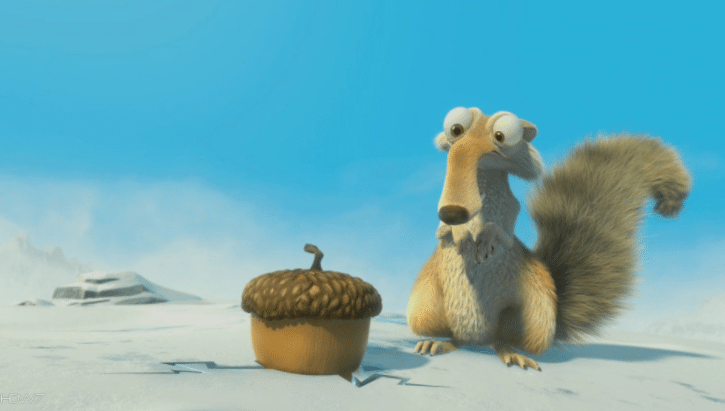Finding Our Crack in the Ice

From Fire to Ice
The opening keynote speaker at the recent Global Genes Rare Patient Summit was Susannah Cahalan, a rare patient, and author of Brain on Fire. Ironically, in her talk, she referred to a picture of an ice fisherman on a vast expanse of ice. The ice went on as far as you could see.
It was immense. It was cold. It was hard.
Her point was that the ice represents the challenge of conquering rare diseases. The sheer number of diseases is immense. Rare diseases don’t care who they impact. Each one is very hard to crack. Having a rare disease can be chilling and can seem quite lonely.
Her greater message was very inspiring.
She drew on the collective power of the 1000+ people in the room that morning. She encouraged each of us to find our crack in the expansive ice of rare disease and drive a wedge into it. The effort of everyone continually working their own little crack (science, policy, direct experience, economics, medicine, fundraising, advocacy, or whatever) will eventually weaken the ice enough to shatter it. Together we can beat these diseases.
Defining Salem Oaks’ Part
This got me thinking about the contribution of Salem Oaks. What could we possibly hope to do? We are so small and not yet as strong as the oak in our name. We are so much more like an acorn.
As I was looking for a graphic for this article, I tried a search on “acorn in ice” and came across hundreds of pictures of Scrat from the movie Ice Age. (Not exactly what I was expecting.) As I scrolled through these looking for something more nature-oriented, I picked up more and more about Scrat’s story. Apparently, he has just two missions in life – to bury his acorn and then find it again. That got me thinking, perhaps we just need to relentlessly focus our efforts as much as he does.

Our strengths lie in knowledge and understanding of biopharmaceutical R&D as it now exists and a growing knowledge of the power of Patients+. What do we mean by Patients+? When someone receives a serious diagnosis, they are not the only person affected. Their families, caregivers, employers, and healthcare providers are all impacted in one way or another. They are Patients+.

The ice-shattering wedge that Salem Oaks can strengthen and grow is the collaboration between these two stakeholder groups; Biopharma and Patients+. While the ultimate goals of each group are to defeat disease, they are not yet fully aligned on how to approach the objective together. We aim to fix that.
The Ground Work
Our first approach is working with each of these groups to help them work better from their own perspective.
For Patients+
We can equip Patients+ to better engage the drug discovery and development players in academia and industry. By providing them the knowledge and insights about the overall process, they will be able to:
- ask the more effective questions,
- make more powerful suggestions, and
- find the key points of influence.
We have developed an interactive, problem-based course that gives Patients+ the knowledge, skills, and confidence to effectively join a research or development team. The eight-week course is called Join-the-Team.
For Biopharma
On the other side, we can offer companies insights through consulting on their efforts to engage Patients+. We can share the lessons we have learned about the Patient+ community with biopharmaceutical executives. These include understanding how to:
- communicate with Patients+ in ways that meet them where they are
- find these Patients+ who are desperately trying to be found
- generate measurable value for patients and the organization.
I am teaching a marcus evans Professional Development course in Chicago in November that will give biopharma executives practical tools for approaching this major change in culture, strategy, and tactics. The course is called Creating Value for Patients with Patients+. From a corporate point of view, there are elements of insights about the Patients+ and elements of change management that need to be brought together.
Next Step: Force Multipliers
Our hope is that by working both sides of this gap, we can draw the parties closer and facilitate them working together.
The next stage will be convening these stakeholders in collaborative, action-based learning. We are preparing workshops and sessions that bring people together to learn about each other’s perspectives, identify the actionable opportunities, and co-create new ways of working together.
And lastly, we will learn from and continuously improve our products and services to strengthen the power of our wedge.
We each play our part
The other thing that Susannah’s metaphor points out is that there are many other people and organizations each working on their own crack in the ice. If we can find ways to help each other succeed by collaborating, networking, and simply persisting we will find ways to bring people new treatments and even cures.
We are not in this alone. You are not in this alone.

Posted by Kevin Freiert
[social_warfare]
